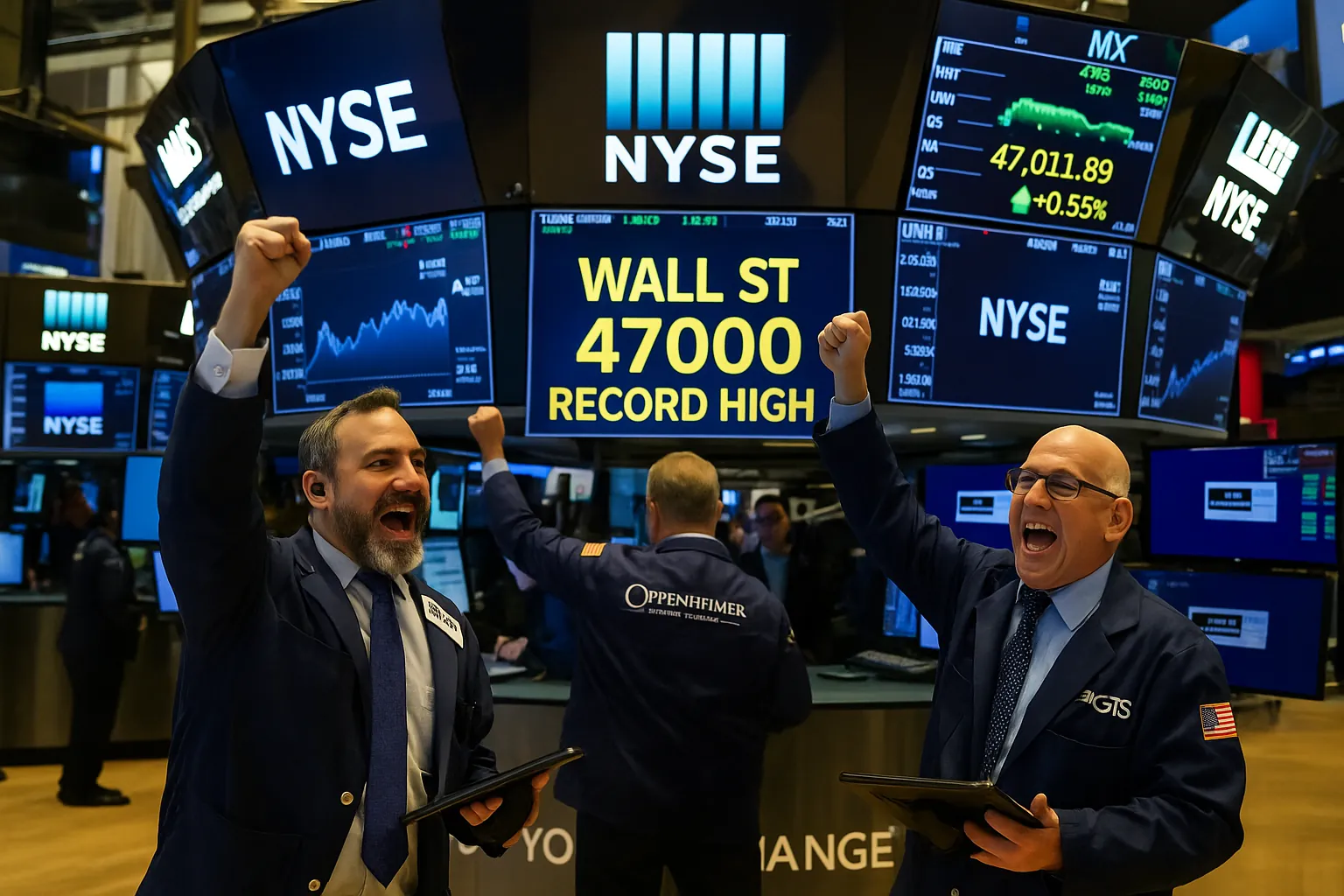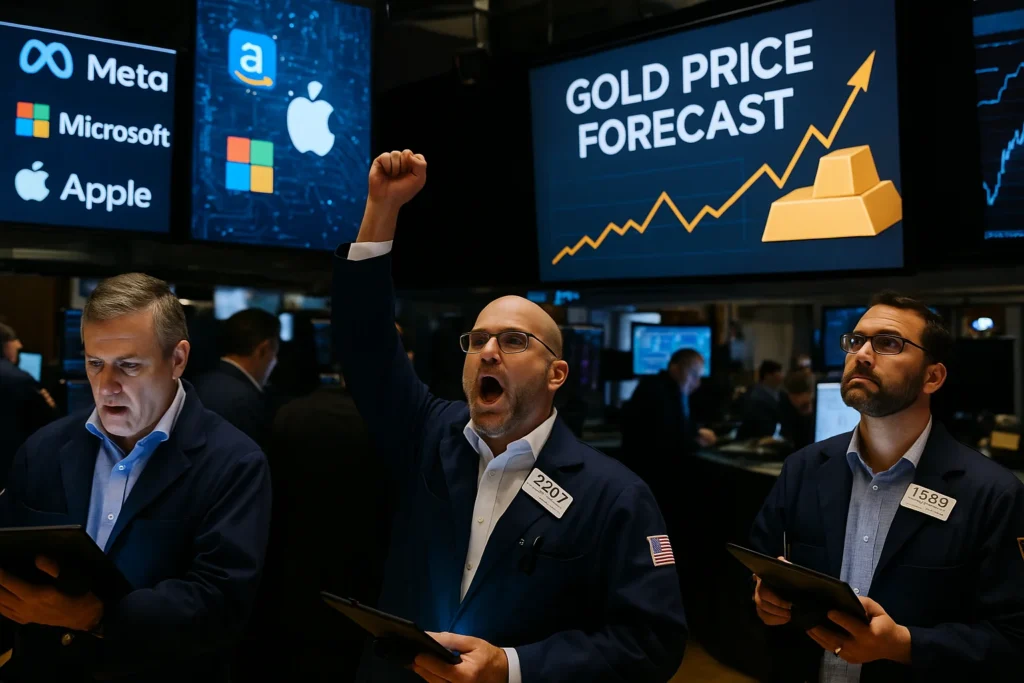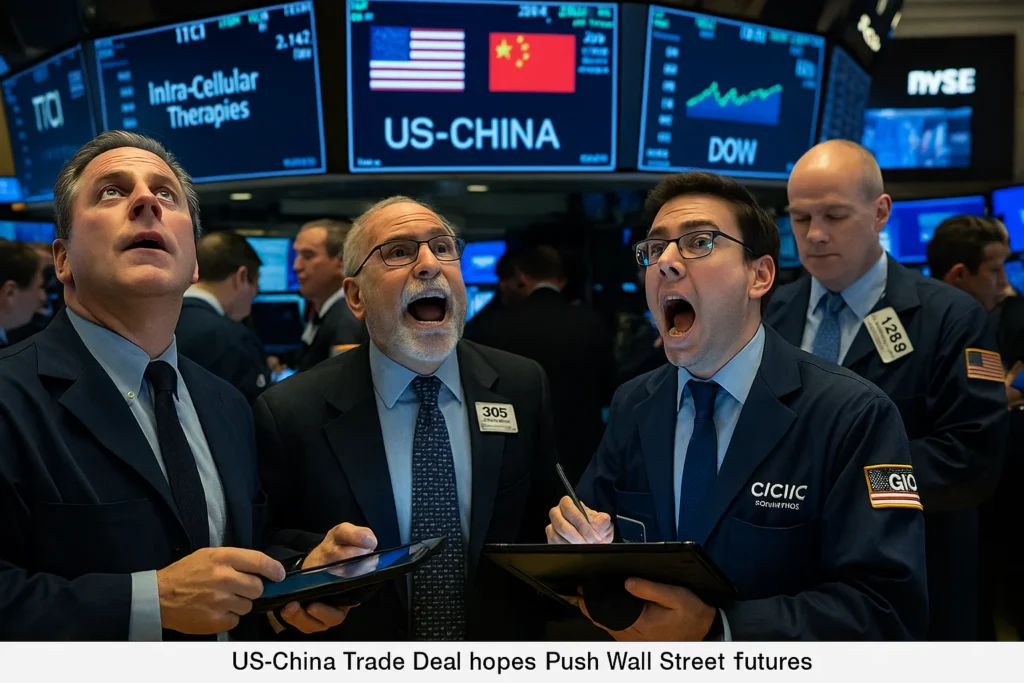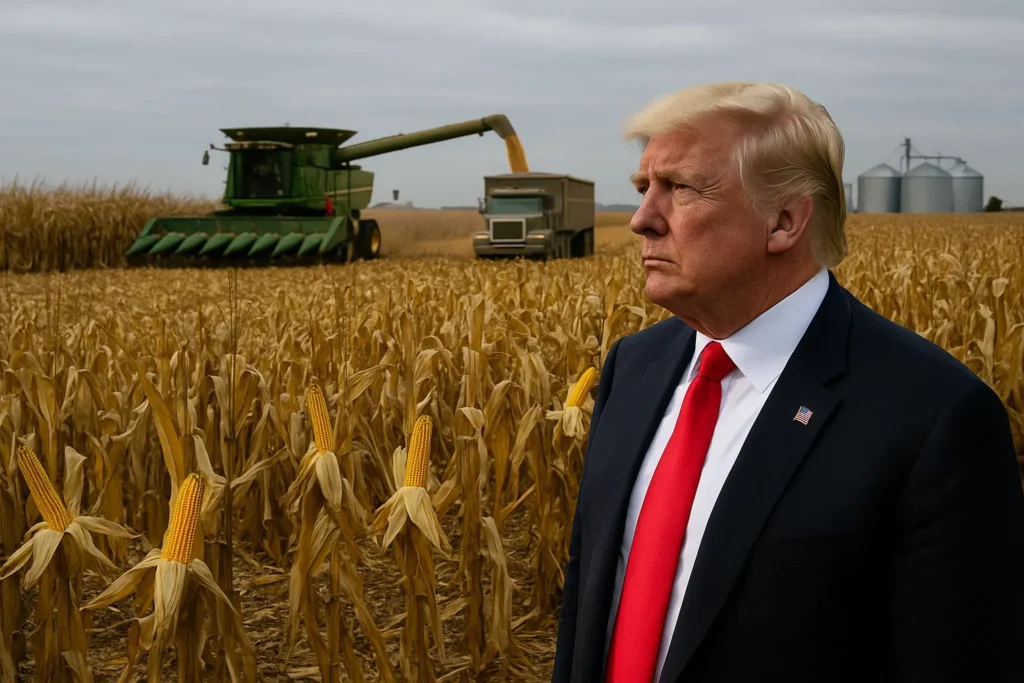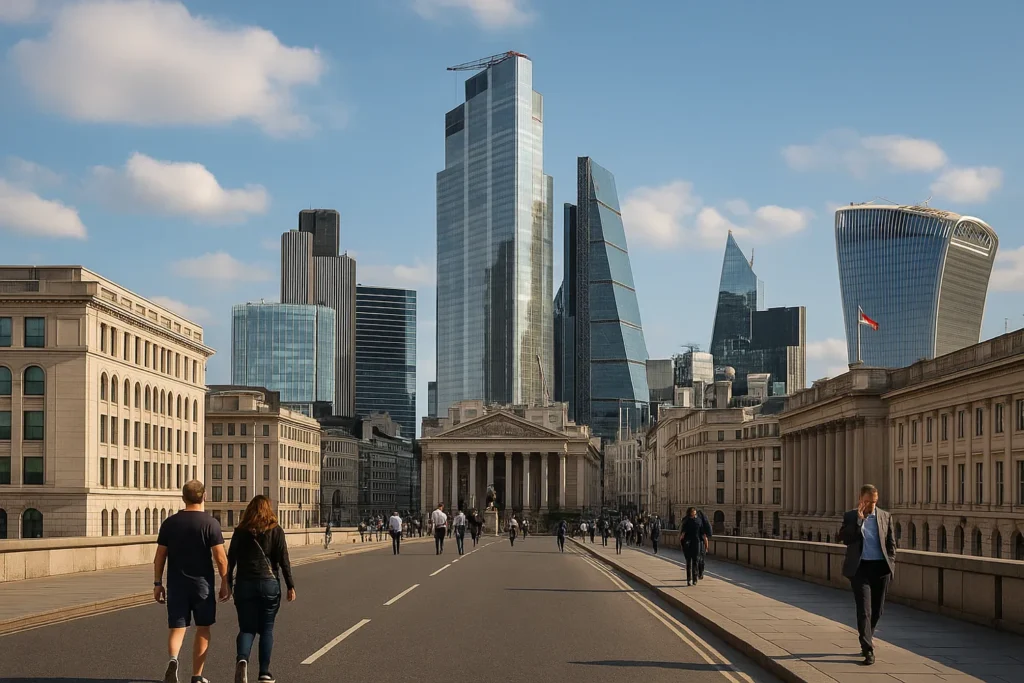The Wall Street record highs on Friday marked a defining moment in America’s market narrative — proof that optimism around artificial intelligence can outweigh economic fears. The Dow Jones broke 47,000 for the first time ever, while the S&P 500 and Nasdaq hit fresh intraday peaks, fueled by investor euphoria and signs of a cooling labor market.
Context: when data meets dreams
According to official figures, U.S. payroll growth slowed while unemployment edged up slightly — precisely the mix investors hoped for. Weaker labor data means the Federal Reserve might finally ease interest rates. Coupled with blockbuster earnings from AI heavyweights like Nvidia and Microsoft, the Wall Street record highs were inevitable.
For traders, this was déjà vu of the early 2000s tech surge — except this time, the algorithms are smarter, the profits real, and the stakes global.
Oppositional Argument: euphoria or delusion?
Mainstream media celebrated the milestones as proof of “economic resilience.” But that’s only half the story. Beneath the glitter of these Wall Street record highs, fundamentals look fragile: consumer debt is soaring, corporate buybacks drive most of the rally, and productivity gains are limited to a handful of AI firms.
The market isn’t reflecting a healthy economy — it’s pricing in faith. Faith that AI will deliver infinite growth. Faith that the Fed won’t lose control. Faith that investors have learned from past bubbles.
In truth, we’re watching another speculative wave — one that could collapse the moment “AI optimism” stops being a story.
Analytical Breakdown: the Fed’s shadow game
The real catalyst behind these Wall Street record highs isn’t just AI — it’s policy. With inflation cooling and job creation slowing, markets now bet on two or even three rate cuts by early 2026. Every whisper from the Federal Reserve triggers massive capital shifts.
Bond yields have already fallen, corporate borrowing costs are easing, and traders are flooding into equities — despite warnings from veteran economists that this “soft landing” could morph into stagflation if productivity stalls.
Still, AI-linked stocks dominate. The combined valuation of Nvidia, Apple, Microsoft, Alphabet, and Amazon now exceeds $13 trillion — roughly half of U.S. GDP. That’s not diversification. That’s concentration risk disguised as innovation.
Human Perspective: traders and the thrill of invincibility
On the floor of the New York Stock Exchange, the mood was electric. Screens flashed green, traders high-fived, and news anchors called it “the new AI economy.” For small investors, the excitement was contagious.
“Everyone feels like a genius right now,” said one trader. “But nobody asks what happens when the music stops.”
Meanwhile, retail investors keep pouring savings into ETFs tracking the AI boom, convinced that this time, the bubble is sustainable because “AI is different.” It’s not. Every market cycle ends the same way — with overconfidence.
Counterarguments
Critics argue that the rally reflects long-term structural transformation, not short-term mania. They point to AI’s real-world adoption, corporate reinvestment, and new industrial demand. True — but valuations have outpaced adoption. The narrative is growing faster than the technology itself.
Conclusion: progress or peril?
The Wall Street record highs show how belief can shape economics. Optimism about AI is rewriting valuations and bending monetary logic. Yet, history warns: when euphoria replaces analysis, markets turn fragile.
If rate cuts arrive and AI continues to deliver, this may be the foundation of a new economic era. If not, it’s just the most expensive illusion Wall Street has ever sold.
External Links
72 views
